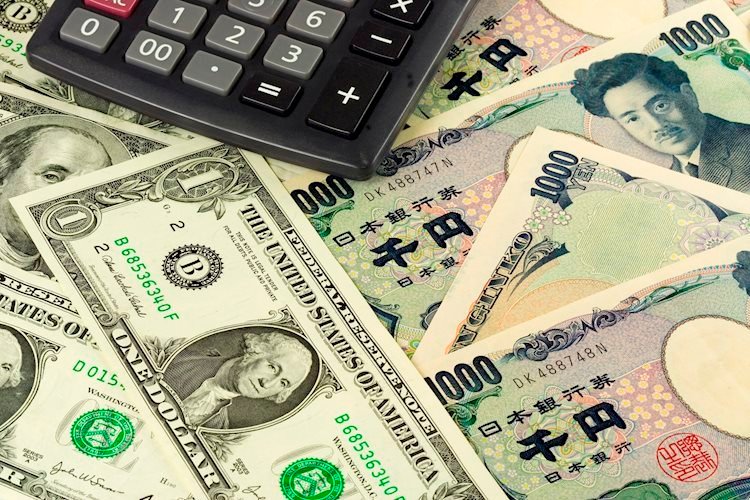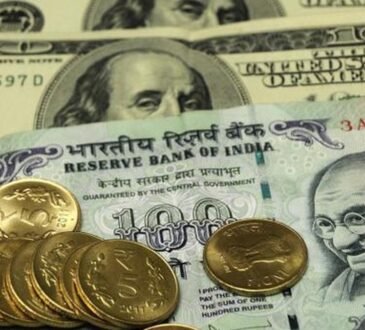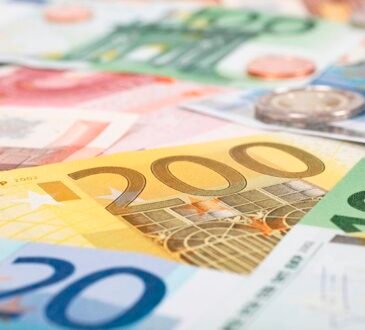- USD/JPY encounters offers near 150.00 as the US Dollar struggles to extend its upside further.
- Traders priced out the Fed’s larger-than-usual size of 50 bps interest rate cut in November.
- Japan’s National core CPI accelerated to 2.1% in September.
The USD/JPY pair faces selling pressure near the psychological resistance of 150.00 in Friday’s North American session. The asset drops as the three-week rally in the US Dollar (USD) appears to have halted, however, its outlook remains upbeat. The US Dollar Index (DXY), which tracks the Greenback’s value against six major currencies, declines from the 10-week high of 103.90 to near 103.50.
Market sentiment appears to be cheerful as Democratic Kamala Harris leads national polls against Republican Donald Trump by a slight margin. S&P 500 futures have posted significant gains in the early New York session. 10-year US Treasury yields slump to near 4.086%.
The outlook of the US Dollar remains firm as investors expect the Federal Reserve (Fed) to follow a moderate interest rate cut path. Traders have priced out Fed large rate cut bets for November as a slew of upbeat United States (US) data has pointed to economic resilience.
According to the CME FedWatch tool, 30-day Federal Funds futures pricing data shows that there will be a 50 basis points (bps) decline in interest rates in the remaining year, suggesting that the Fed will cut its borrowing rates by 25 bps in November and December.
On the Tokyo front, Japan’s National core Consumer Price Index (CPI) – which excludes volatile food and energy prices – rose by 2.1% in September, faster than 2% in August. Higher inflationary pressures have kept the Bank of Japan (BoJ) on track to hike interest rates further this year.
Economic Indicator
National CPI ex Food, Energy (YoY)
Japan’s National Consumer Price Index (CPI), released by the Statistics Bureau of Japan on a monthly basis, measures the price fluctuation of goods and services purchased by households nationwide. The YoY reading compares prices in the reference month to the same month a year earlier. The gauge excluding food and energy is widely used to measure underlying inflation trends as these two components are more volatile. Generally, a high reading is seen as bullish for the Japanese Yen (JPY), while a low reading is seen as bearish.





